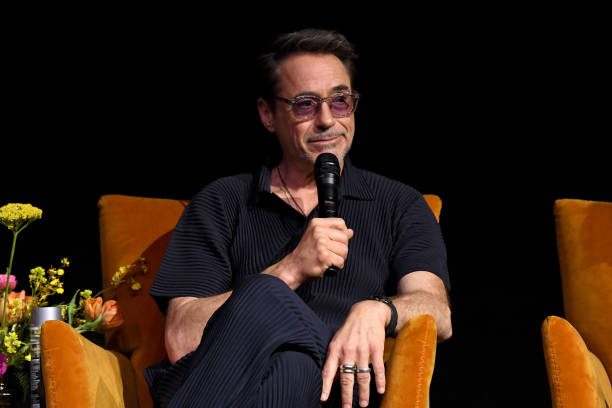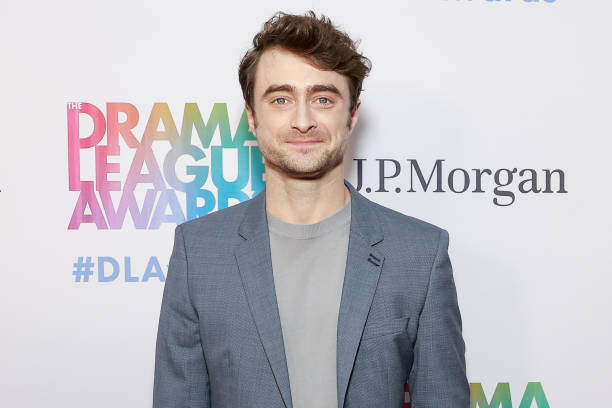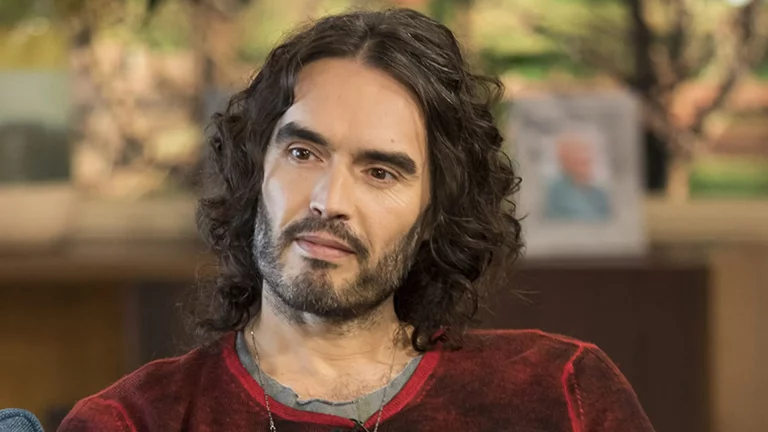
From famous artists and musicians to influential leaders and pioneers, this article explores how these figures battled addiction. We will explore some of their darkest moments and how they harnessed strength to regain control over their lives.
Sigmund Freud cocaine use
Sigmund Freud’s involvement with cocaine began in the 1880s. This was during a time when the drug was legal and promoted for its supposed health benefits. Freud initially explored cocaine as a potential treatment for various ailments. This includes the drug as a cure for his friend Ernst von Fleischl-Marxow’s morphine addiction. However, this intervention led Fleischl-Marxow to develop a severe addiction to cocaine instead, which had tragic outcomes.
Freud’s own use of cocaine was not just experimental. He frequently used the drug to alleviate personal disorders such as depression and anxiety. His early enthusiasm for cocaine is evident in his work “Über Coca” (1884). Here, he detailed the effects of cocaine, praising it as a miraculous substance. He even experimented on himself and recommended cocaine to his colleagues and friends as a tonic for enhancing well-being.
However, the negative consequences of cocaine use soon became apparent, including its addictive nature. Freud’s cocaine use deeply influenced his professional and personal life.
Freud’s use of cocaine gradually decreased towards the end of the 1890s, likely influenced by its emerging reputation as a dangerous drug, and possibly due to personal and professional pressures. There is evidence suggesting that Freud may have ceased using cocaine around 1896 or 1899, though the exact timeline is not clear.
Robert Downey Jr. and battles with drug addiction
It was his father, Robery Downey Sr., who introduced Downey Jr. to drugs at a shockingly young age. At the age of six, during a gathering, his father offered him marijuana, which Downey Sr. later recognized as a grave error.
Despite achieving early fame with roles in films like Chaplin, for which he received critical acclaim, Downey was growing dependent on drugs, including heroin and cocaine. His addiction led to numerous arrests and legal problems throughout the late 1990s and early 2000s.
His substance abuse culminated in multiple stints in rehab and a few prison terms. During this time, Downey’s career took a significant hit. He was repeatedly fired from projects.
The turning point in Downey’s life came after an ultimatum from his wife, Susan Downey. This was following a string of arrests and relapses. Combined with his own realizations and efforts, this helped him to achieve sobriety in 2003. Post-recovery, Downey made a remarkable comeback in Hollywood. He starred in blockbuster hits like Iron Man and Sherlock Holmes, which re-established him as one of the leading actors in the industry.
Ernest Hemingway and battles with alcohol addiction
Ernest Hemingway, an iconic figure in 20th-century literature, was as famous for his adventurous lifestyle and prose as he was for his serious struggles with alcoholism. This struggle had serious impacts on his personal life and professional career, influencing the themes and characters in his writings.
Hemingway’s relationship with alcohol began early in his life and became a defining aspect of his public persona. While he refrained from drinking while working, he indulged heavily during other times. His drinking habits were well-known among his circle and often discussed in the context of his macho image.
Despite his controlled public image, Hemingway’s drinking escalated over the years. It contributed to health issues and personal problems. Doctors advised him to stop drinking due to its detrimental effects on his health, including a diagnosis of liver damage. However, Hemingway found it difficult to curtail his drinking.
Hemingway’s alcoholism also strained his relationships and was a factor in his tumultuous personal life, which included four marriages and various intense friendships. The impact of his drinking on his psychological state became more apparent as he aged. He began to have episodes of paranoia and depression. He also sustained serious injuries from two plane crashes in 1954, which made matters worse.
Ultimately, Hemingway’s battle with mental health and alcoholism ended tragically with his suicide in 1961.
Daniel Radcliffe and drugs

Daniel Radcliffe has been open about his struggles with alcohol addiction. He attributes these in part to the pressures of fame from his early success in the Harry Potter series. He began drinking as a teenager to cope with the intense scrutiny and expectations placed upon him as a globally recognised child star. This habit escalated as he sought to handle the overwhelming public and media attention, often feeling uncomfortable in social situations without alcohol.
Radcliffe’s realisation about his dependency on alcohol came when he noticed that even after nights out drinking, he remained unhappy. This prompted him to pursue sobriety. This, he achieved with the help of close friends and a commitment to healthier lifestyle choices like working out and engaging in hobbies like reading. His battle with alcohol was also intertwined with his struggle with obsessive-compulsive disorder (OCD), which he has been managing since childhood with professional therapy.
Kurt Cobain and battles with heroin addiction
Cobain’s tumultuous relationship with drugs began in his teenage years. He was first exposed to drugs as a child. He was prescribed Ritalin to manage symptoms of ADHD, which led to his early use of marijuana and alcohol by the age of 13. By the age of 19, he began using stronger substances. These included Percodan, a prescription opioid, not fully aware of its addictive potential at the time.
Heroin became a significant part of Cobain’s life in the early 1990s, affecting his behavior and Nirvana’s performances. His heroin use was noticeable enough to cause visible problems during public appearances. Among these were multiple instances where he was too intoxicated to perform effectively. This included an incident where Cobain was resuscitated by his wife Courtney Love after overdosing just hours before a performance.
Cobain’s drug use not only threatened his health but also his ability to engage with his career and his relationships. In March 1994, after a tumultuous period of public appearances and worsening personal issues, Courtney Love and several of Cobain’s friends staged an intervention. This intervention led to Cobain briefly entering a detox program. However, he left soon after without completing the treatment.
Cobain’s struggle with heroin reached a tragic conclusion with his suicide in April 1994. At the time of his death, toxicological tests revealed a high concentration of heroin and traces of Valium in his system. This indicated that he was under the influence of substantial quantities of drugs. This aspect of his death highlighted the severity of his addiction and the depths of his personal torment.
Demi Lovato and drugs
Lovato’s challenges began at a young age. They were influenced by a tumultuous family life, including exposure to a father who struggled with addiction and mental health issues. Demi first encountered drugs as a teenager while working in the entertainment industry. They tried cocaine for the first time at age 17 during their time with the Disney Channel.
Over the years, Lovato’s substance use escalated in severity, leading to multiple stints in rehab. Despite achieving six years of sobriety, Lovato relapsed in 2018, experimenting with a range of drugs including methamphetamine, heroin, and crack cocaine during a particularly low period. This relapse culminated in a severe overdose in July 2018, which left them with lasting health effects, including brain damage that affects their vision and mobility.
The 2018 overdose was particularly severe, involving heroin laced with fentanyl. Lovato has spoken openly about the circumstances of the overdose. They revealed that it was not just a medical emergency but also a traumatic event as they were sexually assaulted by the drug dealer who supplied them with the drugs.
Marilyn Monroe and drugs
Marilyn Monroe’s relationship with drugs, primarily prescription medications, was both complex and tragic. Her untimely death on August 5, 1962, at the age of 36 was a result of acute barbiturate poisoning, ruled a probable suicide by the coroner. The high levels of Nembutal and chloral hydrate found in her system suggested a rapid consumption of these drugs.
Throughout her life, Monroe struggled with emotional and mental health issues, often seeking solace in prescription drugs. By 1960, her psychiatrist was prescribing Nembutal, a barbiturate used for insomnia. Her consumption also included a range of other substances over the years. These include Amytal, Seconal, and Phenobarbital, as well as methamphetamine-based stimulants like Dexedrine and Benzedrine, along with alcohol.
Her drug use was exacerbated by the pressures of her career and her personal life. Directors and co-stars noted her difficulties on set. Often, they were linked to her inability to perform due to her medicated state. John Huston, who directed Monroe in The Misfits, observed a significant decline in her condition during filming, attributing it to her drug use.
The circumstances surrounding Monroe’s death have spurred various theories over the years. Some people question the conclusion of suicide.
InnerLife Recovery: Best Rehab in Spain for Addiction
At InnerLife Recovery in Spain, we’ve witnessed countless transformations, including ourselves. People arrive burdened by addiction, hopelessness, and fear. They leave with renewed strength, healthier coping tools, and the support of a recovery community that believes in them. Here are some testimonials.
If you or a loved one is struggling with addiction, our experienced team can help. We offer holistic, trauma-informed treatment that addresses both the addiction and the underlying emotional pain.
📞 If you or a loved one is struggling with addiction, mental health and/or eating disorders, reach out today. Contact us today for an obligation-free confidential consultation. We’re here 24/7h available to help you recover and rebuild.






